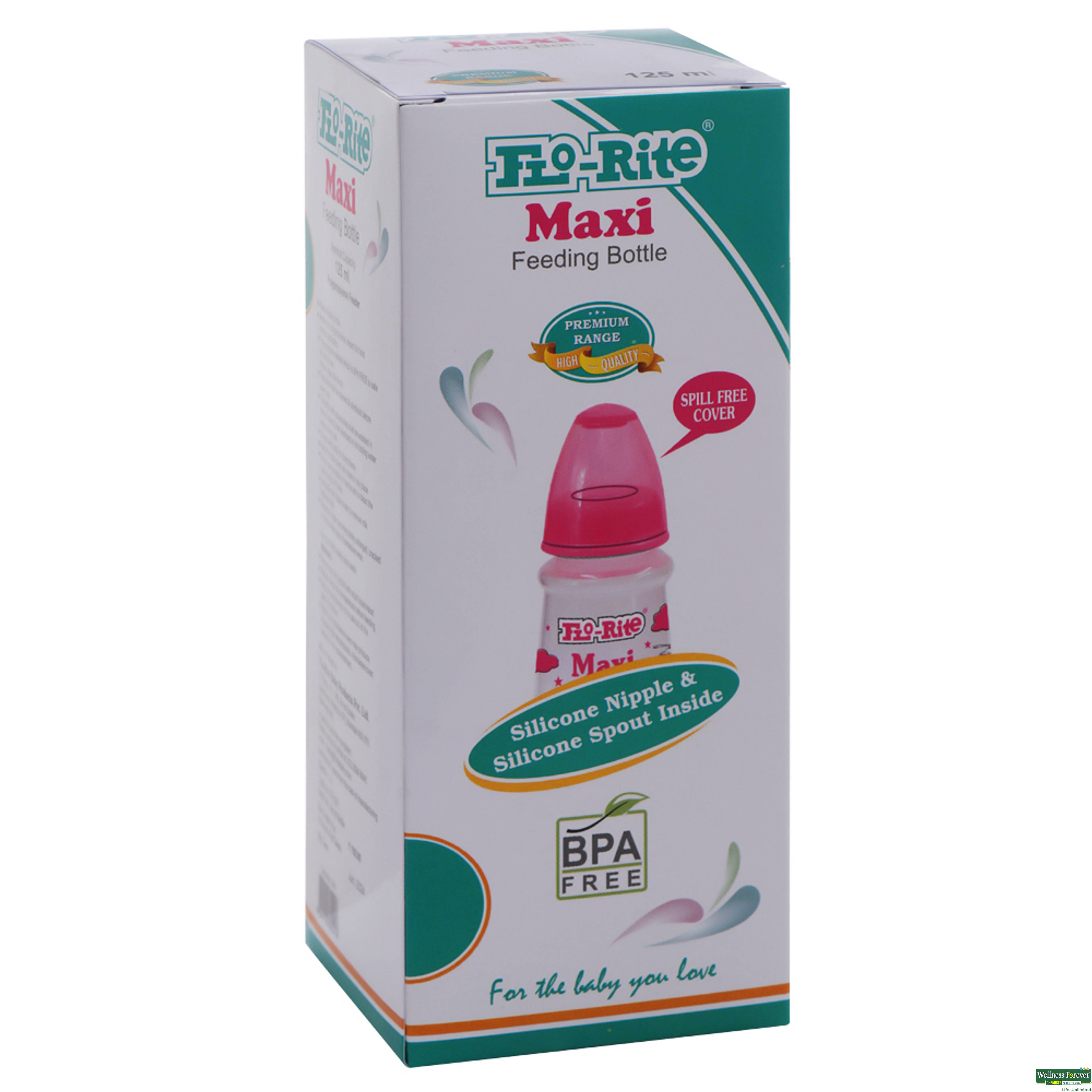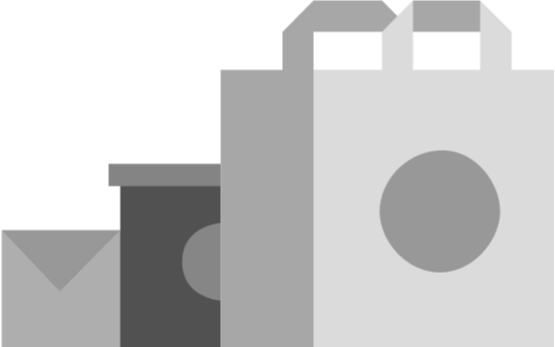Feeding Bottles
FILTERS
Category
Brands
CHICCO
5
FLO-RITE
5
PIGEON
3
Colours
Blue
1
Pink
1
Sort By
Feeding Bottles

Chicco Feeding Bottle 330ml
₹379
Inclusive of all taxes
Delivery within

Chicco Feeding Bottle 150ml
₹319
Inclusive of all taxes
Delivery within










